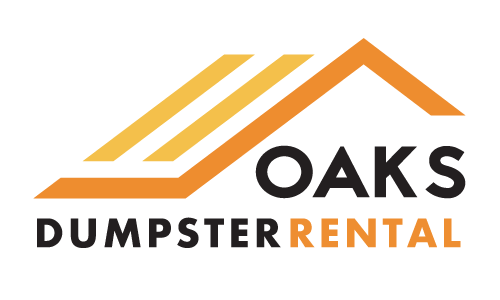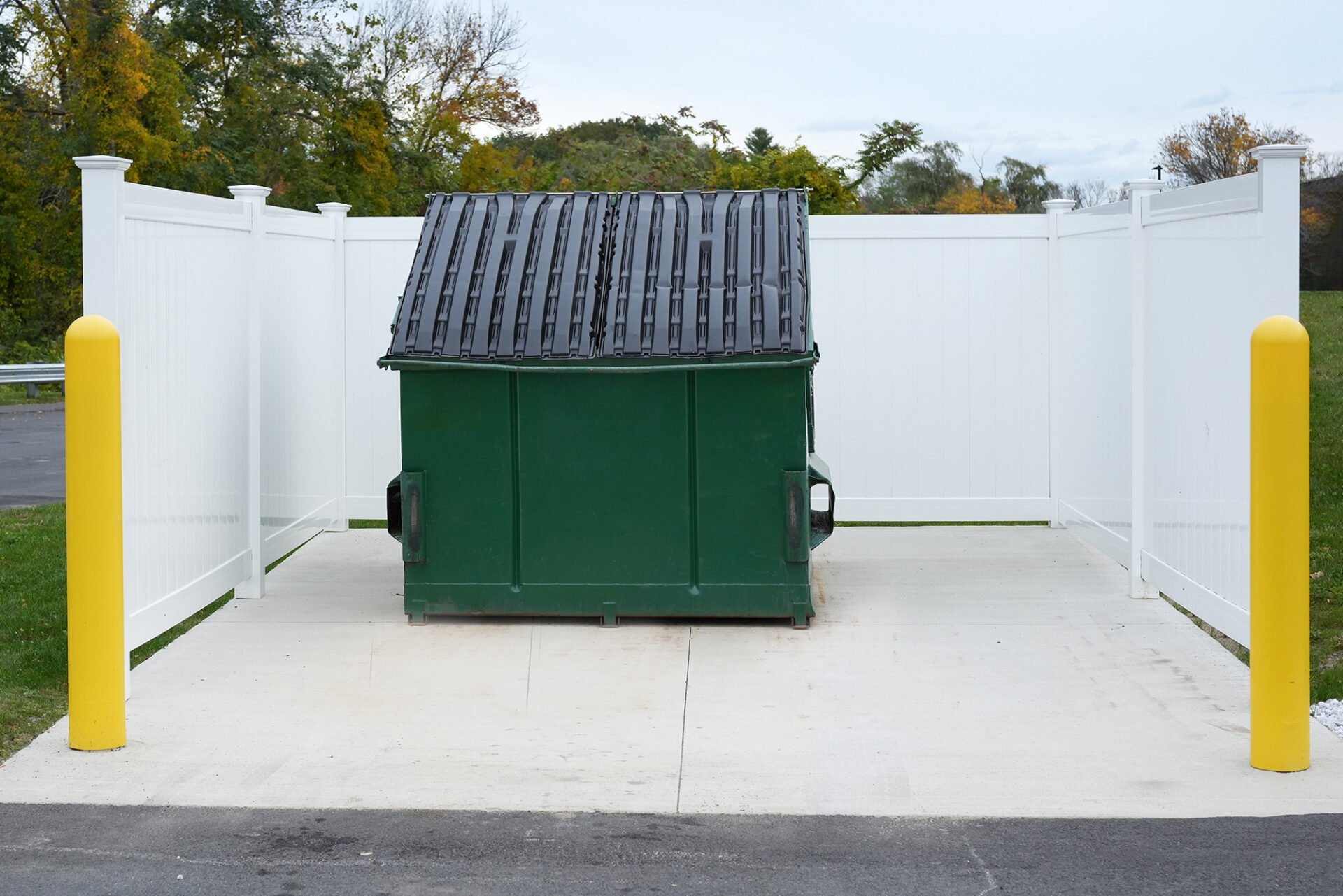Waste Audit: Why Your Company Needs One
Trash collection can be a significant expense for many organizations. If you’re wondering where your business can reduce waste and trim costs, keep reading. This article explains the benefits of a waste audit, the steps involved, and how the results can improve your processes.
What is a Waste Audit?
A waste audit evaluates the amount and types of waste an organization produces. It helps understand a company’s regular waste stream (the flow of waste from its source to its final destination). The results allow a company to see how much and what kind of trash is thrown away and what can be done to improve.
Benefits of a Waste Audit
The advantages of doing a waste audit include:
Streamline Operations
Waste audits show a company how effectively its current waste management process works. They remove the guesswork and use actual data to support adjustments or changes, which allows processes to be refined faster.
Save Money
Waste audits can help reduce money spent on waste hauling fees. A company may find that trash could have been recycled or metal could have been scrapped. It may also determine a large amount of food waste, prompting a closer look at production and handling practices to reduce what food is thrown out.
Waste audits can also lower product spending. If an audit shows new or unused products are thrown out, consider reducing the frequency with which those items are purchased. For example, if hundreds of paper flyers are leftover from a promotional campaign, order less the next time.
Support Sustainability
Going green is more than just a trend these days. A waste audit can uncover the need for better recycling practices to prevent paper, glass, and plastics from being thrown away. This will not only help the environment but also the company’s reputation.
Meet Compliance and Earn Certification
Different cities and states have varied waste management regulations. Waste audits can help a company meet those compliance policies. If high enough standards are met, organizations can qualify for certification programs. Programs include the Leadership in Energy and Environmental Design (LEED) Certification or the Environmental Protection Agency (EPA) Waste Wise Program.
Conducting a Waste Audit: Internal vs. External
If you’re eager to start, decide whether you have the resources to perform a waste audit internally or need to hire an external team. Consider the benefits before making a choice.
External Waste Audit
Larger organizations often hire a dedicated waste auditor to complete a waste audit quickly and efficiently. Waste auditors are certified experts who come to a location to conduct a professional waste audit and objectively analyze the organization’s current process. They bring experience in identifying procedural inefficiencies and knowledge of regulatory requirements to offer data-based solutions for improvement.
Internal Waste Audit
On the other hand, many smaller companies conduct waste audits in-house. Small offices or shops may find it faster to get buy-in and support from teammates and stakeholders if they do it themselves, especially if the resources are available. Often more cost-effective than hiring an auditor, internal waste audits allow companies to create teams with first-hand knowledge of their operations and avoid briefing someone external.
How to Do a Waste Audit
Whether your organization wants to do a waste audit in-house or hire an auditor, the process is the same. Use this list to complete an internal audit or better understand how an auditor will complete the job.
Step 1: Form a Team
Gather a small group of about five people to form a waste auditing team. This team will help oversee and conduct the audit. Then, schedule a date for the audit and set aside an entire week for it.
Pro Tip: Pick a typical week when most of your employees will be present. Don’t pick a week with special events like the summer barbeque or holiday party, as this could produce more trash than usual.
Step 2: Determine the Waste Categories
Before the audit week, write out a list of typical types of trash from your organization. Common waste audit categories include:
- Glass
- Paper
- Cardboard
- Food/organic waste
- Plastics, including bottles
- Metals, including aluminum cans
- Packaging
- Electronics, like old keyboards
- Batteries & lightbulbs
- Other items
Once your categories are defined, you can proceed to prepping your audit area.
Step 3: Prep the Audit Area
Your audit area should be spacious enough to collect and sort a week’s worth of trash from your organization.
You’ll need to prep the area with a few things:
- Paper and pens to record data (clipboards optional)
- At least one scale for weighing categories
- Labeled boxes for each category
- Trash bags
- Face masks and rubber gloves
Having a prepped audit area makes your audit process much easier to collect and sort your waste materials.
Step 4: Collect & Sort
You can now begin to audit waste. Over the course of the week, collect all trash from every department in your organization. Label each bag with the date and the department’s name, and weigh each bag to get a baseline. If your company recycles, do the same for all departments’ recyclables.
Then, open and sort the items in the bags by waste audit category. You can even take it a step further by having separate category boxes for each department. As you sort, note any recyclables mixed in with garbage.
Step 5: Weigh & Record
Once all the trash has been sorted into categories, it’s time to weigh it. Be sure to write the weight of every separate category to ensure accurate data.
Step 6: Analyze Results
Review your data to do a comprehensive analysis. Start by calculating your waste diversion rate. Simply divide the recycling weight by the total combined waste weight. Then, multiply by 100 to calculate the weekly waste diversion percentage.
Recycling Weight / Total Waste Weight x 100 = Weekly Waste Diversion
In addition, analyze the individual waste categories. Look for trends or patterns, like the highest category and whether it differed between departments. Were there additional categories that you had to add to the list? Consider recyclables and whether they were mixed in with trash or mostly separated by employees in each department.
This information can be consolidated into a waste audit report for management and other stakeholders.
Step 7: Set Goals & Implement Recommendations
Using the comprehensive waste audit report, your organization can set goals and implement data-driven recommendations. Create SMART (Specific, Measurable, Achievable, Relevant, and Time-Bound) goals to ensure they’re realistic and attainable. Examples of goals might include:
- Reduce food waste by 10% within 6 months
- Increase recycling by 25% within 3 months
Based on your goals, a company can implement recommendations. These could include:
- Use reusable items. For example, use reusable coffee pods instead of disposable ones, and ceramic coffee mugs instead of paper cups. Try cloth towels or electric hand dryers in bathrooms instead of paper towels.
- Recycle electronic equipment. Old laptops, cell phones, printers, cables, and even ink cartridges can often be recycled. Many cities have certified collection sites, and some manufacturers offer take-back programs.
Pro Tip: Schedule future audits to track progress and encourage your waste audit team to meet regularly.
Oaks Dumpster Rental: Quality You Can Trust
At Oaks Dumpster Rental, we offer various dumpster sizes to meet your organization’s needs. We have 12-yard dumpsters for small offices and up to 40 yards for large cleanouts. You can book a dumpster online or contact us to speak with our team and find a solution that works for you.

